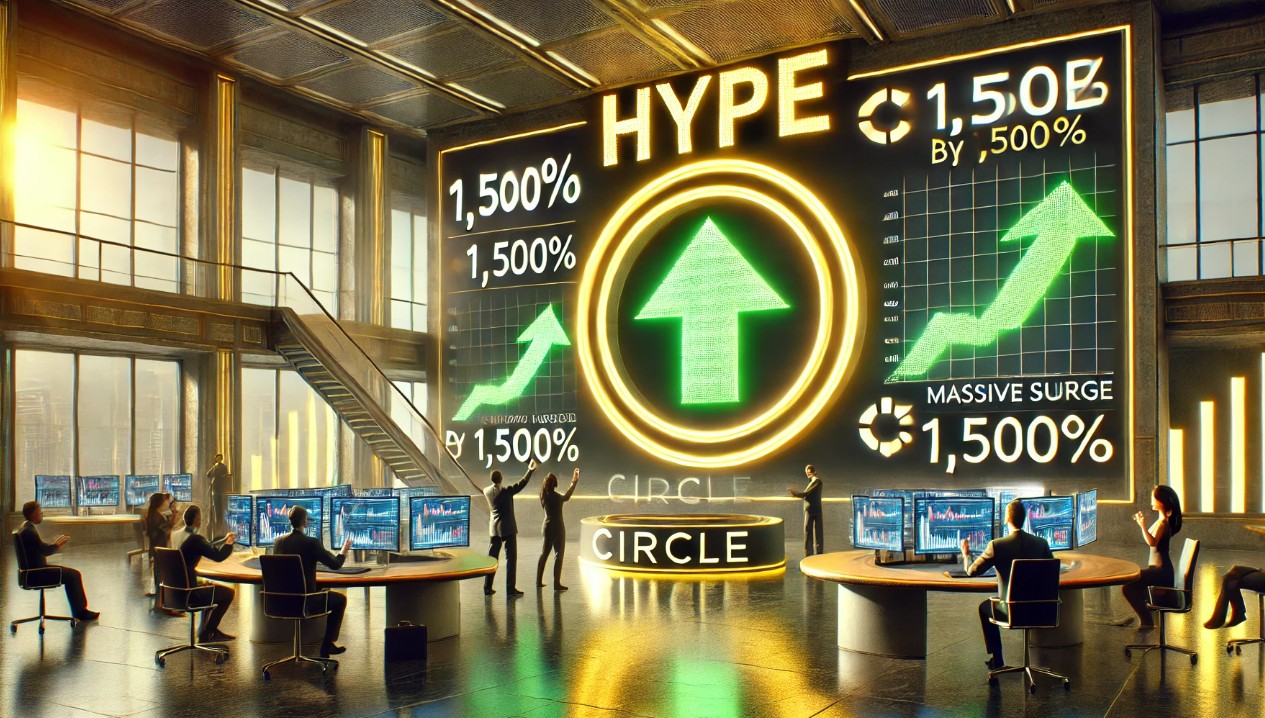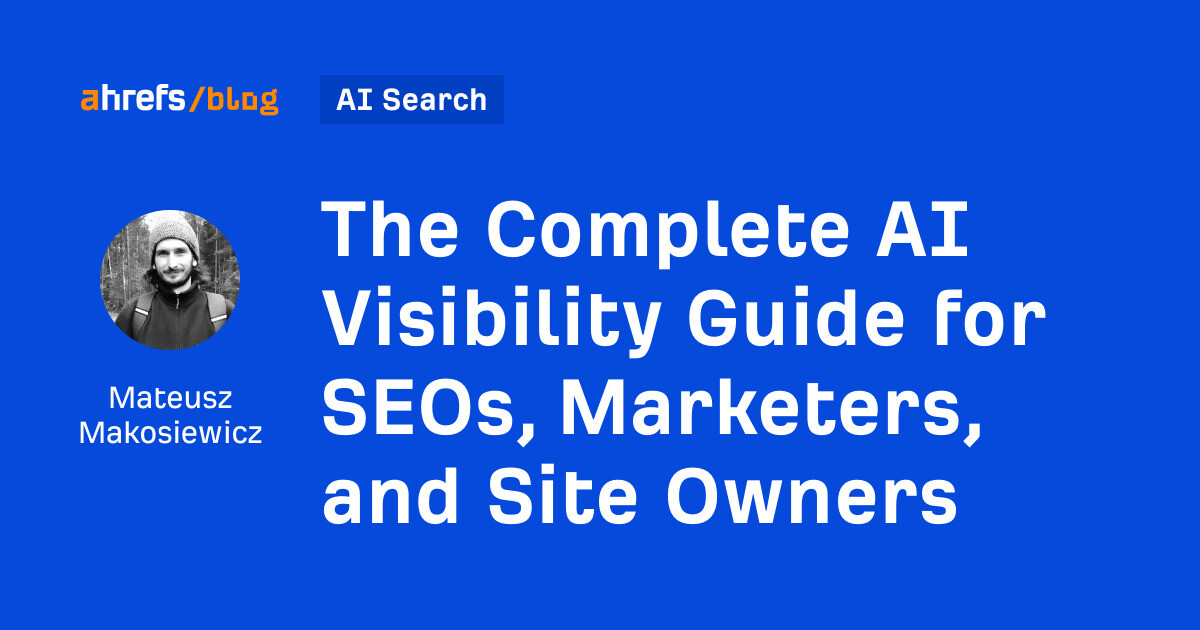Advertisers can increase digital ad attention by optimizing campaigns before bidding
The Magna study measured more than 24 million impressions of real-time test ads for CVS Health and Outback Steakhouse.

Advertisers are always looking for ways to get more attention on digital ads for less money, and a new study from Magna Media Trials might have found the solution: pre-bid optimization.
A new study, “The Attention Advantage–Using Deep Learning to Boost Ad Performance,” conducted in partnership with global media-tech company Adlook, found a 65% increase in attention, based on Adelaide’s Attention Unit (AU) scores, when a video ad was optimized before a programmatic bid.
Traditionally in programmatic advertising, campaigns are optimized after they bid, allowing advertisers to evaluate things such as viewability and suitable nearby content for future ad placement. But by using deep learning algorithms, pre-bid optimization takes into account Adelaide’s AU metrics for each individual impression before an ad loads on a page, leading to increased attention scores and lower costs.
The study found that pre-bid optimization reduced costs, with advertisers seeing an 18% savings in CPM for display ads. The savings carried over to video ads as well, with the cost per complete video dropping 42% on pre-bid optimized videos.
“Attention is a baseline metric for media, particularly in the programmatic space, and many of our studies examine how to capture and maintain eyeballs,” said Kara Manatt, Magna’s executive VP, managing director, intelligence solutions. “When we test new strategies and new ad products, we can find that something works better, but what really matters is how cost-efficient it is.”
A previous Magna study found that digital ads with higher engagement also produced fewer emissions.
Realizing this, the new study integrated Scope3 emissions data into pre-bid optimization and found that this optimization decreased emissions per impression by 28%.
Optimizing ads also reduces the need for advertisers’ dependence on made-for-advertising (MFA) sites. These sites can trick programmatic buying software into placing ads on cluttered pages that maximize revenue for the site owner by generating traffic through low-quality content such as fake news, conspiracy theories or spam links.
This contributes to nearly $20 billion in waste, or 23% of the total open web programmatic media investment by marketers, according to a study by the Association of National Advertisers. Unsurprisingly, these sites also have high carbon emissions due to ad volume and refresh times.
Patrick Roman Gut, VP, U.S for Adlook, said he understands that the industry’s dependence on MFA sites won’t disappear overnight because it is so focused on performance, but said the study is focused on “responsible investment.”
“We’re trying to provide the opportunity for brands to distance themselves from MFAs without negatively impacting their business, which will be a systematic change over time,” he said.

 Hollif
Hollif 


























.jpg&h=630&w=1200&q=100&v=6e07dc5773&c=1)





